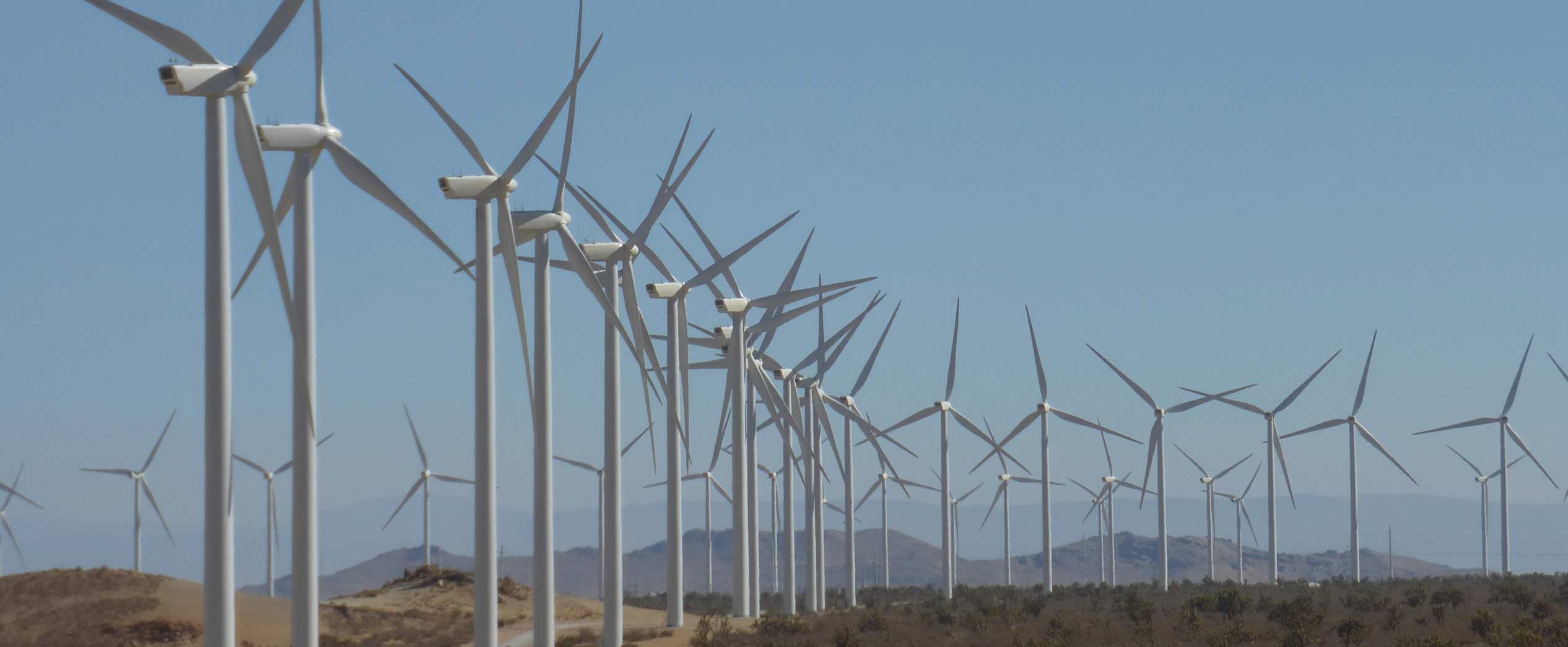
California’s Title 24 2013 energy efficiency standards will go into effect on July, 1 2014. Prior to 2013 California data centers were considered exempt from Title 24, but that’s no longer the case as most data centers will now require:
- Economizers in small computer rooms in buildings that have economizers
- Prohibiting reheat in computer rooms
- Prohibiting non-adiabatic humidification in computer rooms
- Limiting power of fan systems serving computer rooms to 27 watts/kBtuh of net sensible cooling capacity
- Variable speed controls on all chilled water fan systems and all direct expansion (DX) systems over 5 tons serving computer rooms.
- Containment in large, high density data centers with air-cooled computers
(Note: There are a couple of economizer exemptions you can view here)
The greatest benefit the new standards provide come in energy savings. According to a study conducted by the California Statewide Utility Codes and Standards Program, a prototypical building that measures 20,000 sq ft and whose design IT load is 100 W per sq ft will save $520 per square foot, per year by meeting the new requirements. This amounts to $10,500,000 total yearly energy savings.
Other significant non-energy related benefits derived from the new law will include: better computer performance as a result reduced hot spots, less fan noise due to variable speeds, improved comfort for workers since there’s no need to overcool, and backup cooling capacity from economizers should CRAH or CRAC units fail.
However, there are potential drawbacks to the new requirements as well. In the event of a CRAC failure, airflow containment creates a shorter window during which to get the unit up and running again before exceeding safe operating temperatures (this is true even with economizers – which will be dependent on California temperatures within a range of 64.4°F to 80.6°F – serving as backup cooling systems).
In fact improved data center environment monitoring will allow facility managers to overcome any potential drawbacks and meet requirements. In order to meet requirements for having variable speed fan speed systems and limiting power of fan systems, data centers will have to employ temperature sensors to cold aisle containments that can feed back to a BMS or DCIM software solution, that autonomously starts fans at predetermined speeds, as and when needed.
Better data center monitoring will also negate potential drawbacks. Airflow sensors can monitor flow rates of cooling and hot air return to ensure cooling and containment systems are functioning optimally. While humidity sensors can help data centers to maintain proper humidity levels, especially when drawing external air through a system of economizers.
California data centers may also wish to build upon energy savings achieved through the new energy code by implementing a DCIM monitoring solution that, in addition to collecting environment data and alerting data center managers to potential issues, can also lead to efficient IT device utilization, and intelligent power distribution.




























